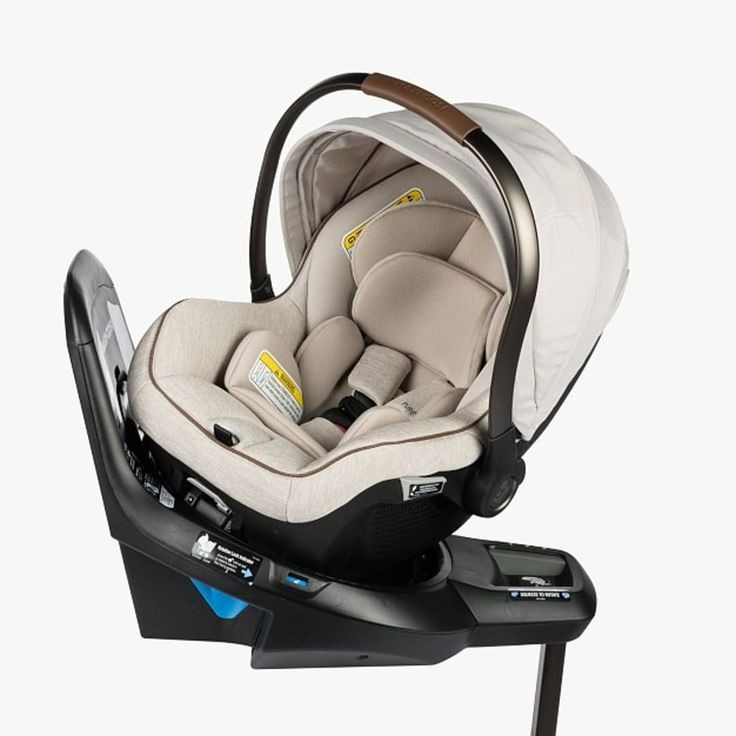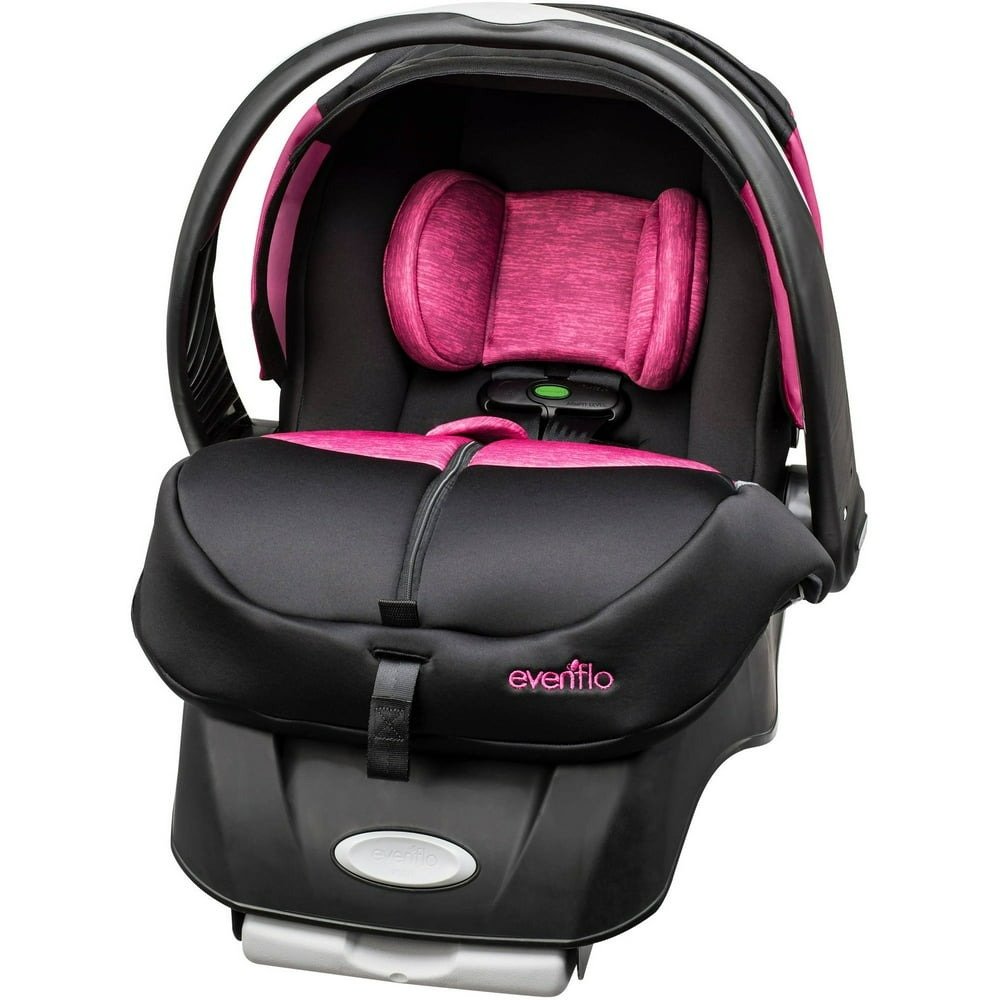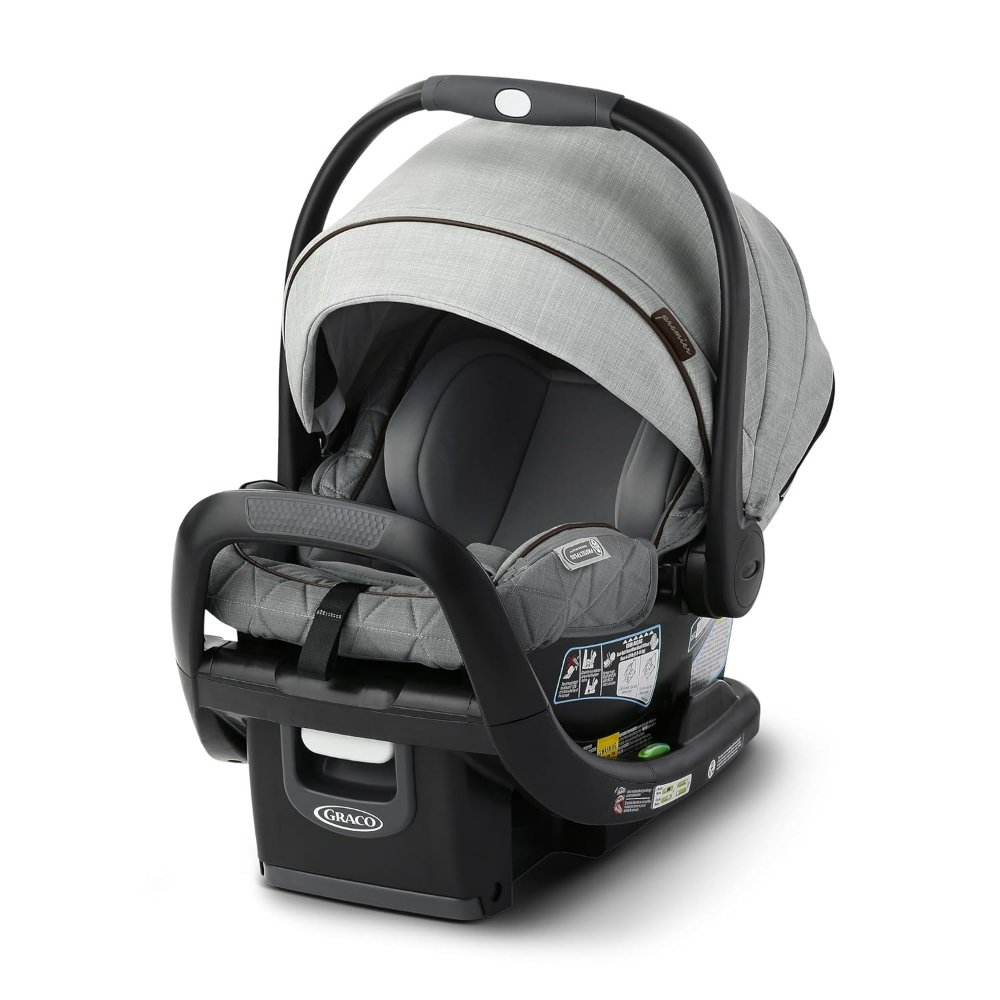Introduction to Car Seat Safety
When it comes to protecting your little ones in the car, the car seat plays a crucial role. It’s a protective cocoon specifically designed to shield children during car rides. Safety standards evolve, and car seats improve over time. This is why adhering to the car seat expiration date is vital. A car seat beyond its expiration date may not function as intended. It could lack updated safety features or have worn-out materials. Both scenarios put children at risk of injury or worse during a collision.
Every caregiver needs to grasp the importance of car seat safety. The key component is using a car seat that’s within its service life. Not only will this keep your child safe, but it also ensures that you are following the law. Many regions require car seats to meet certain criteria, which includes being within the expiration period.
Parents and caregivers should make car seat safety a priority. This includes understanding when and why car seats expire. It’s also critical to know how to find a car seat’s expiration date. Regularly checking your car seat’s condition is part of this responsibility. Ensuring its proper installation according to the manufacturer’s guidelines is equally important.
Remember, car seat expiration dates are there for a reason. By respecting these dates, you ensure the highest level of safety for your child on every journey. Keep this in mind and stay informed. Your awareness and action can make all the difference. Let’s delve into the concept of car seat expiration to understand why it’s a non-negotiable aspect of car safety.

The Concept of Car Seat Expiration
The idea of a car seat expiring might seem strange at first. However, car seats are not built to last forever. Just like perishable foods have a shelf life, car seats have an expiration date too. Manufacturers set this limit to ensure safety isn’t compromised.
Car seats face daily stress from temperature changes, sunlight exposure, and the wear and tear of regular use. Over time, these factors can degrade the materials, especially plastic components, making them brittle. When plastic becomes brittle, it can easily crack or break. In a crash, this may lead to failure in protecting the child.
Besides material degradation, car seat expiration dates take into account safety technology advancements. As new research emerges, designs and safety features improve. A car seat several years old may not include recent life-saving innovations. Thus, using an expired car seat might mean missing out on critical safety enhancements.
In essence, respecting the expiration date of a car seat ensures it performs as expected in case of an accident. Staying within the usage period helps to maximize protection during your child’s most vulnerable years. Always check the car seat expiration date and replace the seat when it is due. Your child’s safety depends on it.
Importance of Heeding Expiration Dates
Paying attention to the car seat expiration date is vital. It reduces the risk of harmful incidents. Proactive steps to track this date can save lives. Here’s why.
First, materials used in car seats degrade over time. Heat, cold, and the sun play roles in breaking down plastics and fabrics. Expired car seats may not withstand the force of a crash. This puts children at undue risk.
Second, safety standards change frequently, with new findings that enhance protection. Expired car seats likely miss these advancements. Continuing to use an out-of-date seat might mean foregoing new safety measures.
Third, lawful compliance matters. Many places have safety laws requiring current car seats. Ignoring expiration dates could lead to legal repercussions. Worse yet, it could void your insurance coverage in the event of an accident.
Finally, it reflects responsible parenting and caregiving. Keeping up-to-date with car seats is part of caring for a child’s well-being. It shows a commitment to the highest safety standards.
In conclusion, respecting the car seat expiration date is non-negotiable. It is about ensuring safety, legality, and the best care for children. So make it a priority to check and adhere to these dates. It is a simple yet crucial task that should never be overlooked.

How to Find Your Car Seat’s Expiration Date
Locating your car seat’s expiration date is simple, but it’s a step that’s often overlooked. Here’s a straightforward guide to help you spot that critical date:
- Check the Label: Most car seats have a label with the manufacture date and the expiration date. Look at the sides or the base of the seat.
- Inspect the Manual: If the label is unclear or missing, refer to the car seat’s manual. Manufacturers always include this information.
- Examine the Seat Itself: Some car seats emboss the expiration date directly onto the plastic shell.
- Contact the Manufacturer: If you’re still unable to find the date, get in touch with the car seat’s maker. They can provide you with the information based on the model number.
- Use Online Resources: Certain brands offer online tools to check the expiration by entering the model number.
Don’t guess the car seat expiration date. Always confirm it to ensure the safety of your child during travel. Keeping track of this date is a significant component of car seat safety, as discussed in earlier sections of this blog relating to car seat expiration. Remember, it’s not just about having a car seat; it’s about ensuring it’s within its safe usage period.
Factors Contributing to Car Seat Expiration
Several key factors contribute to the expiration of car seats. Understanding these can help parents and caregivers recognize when it’s time for a replacement.
Materials Deterioration: With daily use, car seat materials face wear and tear. Plastics, foams, and fabrics can weaken over time. This natural degradation process affects safety.
Technological Advances: Car safety standards are ever-evolving. New research leads to better safety features in new car seat models. Older seats may not have these advancements.
Safety Regulations: Safety laws may change, requiring newer car seats that adhere to the latest standards. An expired seat may not comply, affecting its legality and safety.
Repeated Use: Regular tightening and loosening of straps put stress on a car seat. This repeated use wears out critical components, reducing effectiveness.
Weather Exposure: Car seats endure extreme temperatures and prolonged sun exposure. This can cause materials to break down faster than usual.
Accident History: A car seat involved in a serious accident may have unseen damage. Even if it looks intact, its integrity could be compromised.
Each of these factors can shorten a car seat’s lifespan and lead to its expiration. Regular inspections can help identify wear and ensure car seats are safe for use. Replace car seats as recommended to safeguard your child’s well-being during car rides.

Consequences of Using an Expired Car Seat
Using an expired car seat can endanger your child in many ways. The risks range from reduced protection in case of an accident to legal issues. Understanding these consequences is essential for every parent and caregiver.
Reduced Crash Protection: An expired car seat’s materials may be weakened. This means it might not provide the needed support during a crash. The seat could break or fail, raising the risk of injury.
Possible Legal Consequences: In many regions, using an expired car seat is against the law. This could result in fines or worse if discovered during a traffic stop or after an accident.
Voided Warranty and Insurance Issues: Expired car seats often void the warranty. If you’re in a crash, insurance may not cover damages linked to the use of an expired seat.
Missed Safety Enhancements: Old car seats lack recent safety features. By using an expired seat, you miss out on advancements that could save your child’s life.
Loss of Manufacturer Support: Companies don’t support expired products. This limits access to replacement parts or help in case of a product recall.
Every caregiver must prioritize updating their car seats before the expiration date. It’s not just a suggested guideline; it’s a critical step in ensuring the highest level of safety for children in vehicles.
Proper Disposal and Recycling of Expired Car Seats
Once a car seat reaches its expiration date, disposing of it safely is important. Do not just throw it away. Expired car seats should not be used again or passed on to someone else. They belong out of circulation to ensure they won’t be used unsafely. Here are steps for proper disposal and recycling:
- Remove Fabric and Padding: Take off any fabric covers, padding, or foam. Check with local recycling programs to see if these parts can be recycled.
- Take Apart the Car Seat: Break down the car seat into its plastic, metal, and other components. Different pieces may have different recycling options.
- Look for Recycling Programs: Some places have car seat recycling programs. These programs make sure the seat is destroyed and the materials are recycled correctly.
- Cut the Straps: Cut the straps before disposal. This reduces the risk of the expired car seat being used by someone else.
- Use a Permanent Marker: Write ‘Expired’ or ‘Do Not Use’ on the car seat shell. This alerts others that the seat is not safe for use.
- Check Retailer Take-Back Programs: Stores like Target and Walmart sometimes offer trade-in events. You can return expired car seats to these events for recycling and sometimes even get a discount towards a new seat.
- Contact Local Waste Management: If there’s no recycling program, your local waste management may guide you on safe disposal.
Remember, proper disposal reflects a commitment to safety. It helps ensure that an expired car seat does not end up putting another child at risk. It is every caregiver’s responsibility to dispose of car seats correctly when they are no longer safe to use.
Tips for Keeping Track of Car Seat Expiry
Maintaining awareness of your car seat’s expiration date is key to ensuring your child’s safety. Here are some user-friendly tips to help you keep track:
- Create a Reminder: Use your phone or calendar to set a reminder. This should be well before the expiry date, giving you time to find a replacement.
- Register Your Car Seat: Many manufacturers offer a registration service. They’ll notify you about recalls or important dates like expiration.
- Keep the Manual Handy: Store the car seat manual in a safe place. It contains the expiration date and other vital information.
- Label the Date: Write the car seat expiration date on a sticker. Then, place it somewhere visible. Try the side of the seat or on the base.
- Document Purchase Date: Keep the purchase receipt with the car seat’s production date. Most seats expire 6 to 10 years from this date.
- Check Condition Regularly: Every time you clean the car seat, check for signs of wear. Look for the label with the expiration date.
By following these tips, you can ensure that you’re not inadvertently using an expired car seat. Remember, the safety of your child during travel is paramount. Keeping the car seat within its valid period is your duty as a responsible caregiver. So, stay organized and vigilant with these expiration tracking methods.
